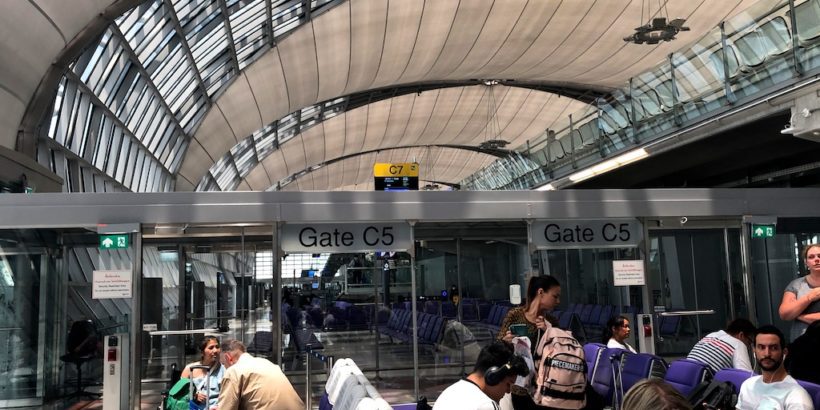If there is one constant with air travel it is that unexpected things constantly come up.
And when it comes to connecting flights, at some point it’s very possible that if you fly enough you’ll end up missing a connecting flight.
But who is ultimately responsible for missed connections? Is it the airline or the passenger?
In this article, I’ll take a close look at the factors that determine who is responsible for missed connecting flights.
Table of Contents
Are airlines responsible for missing connecting flights?
An airline is generally responsible for your missed connection if: 1) you are missing the connection due to irregular operations (such as a flight delay or cancellation) and 2) your connecting flights are all part of the same booking.
The responsible airline should attempt to re-book you on the soonest available flight to your destination or work with you to come up with some type of sufficient solution (e.g., refund).
Tip: Use the free app WalletFlo to help you travel the world for free by finding the best travel credit cards and promotions!
What caused the missed connecting flight?
When determining who is responsible for the missed connection, the first step is to look at what caused the missed connection.
Irregular Operations (IROPs)
Irregular Operations (IROPs) is when a disruption on the day of travel or the day prior to travel causes you to not make the flight(s) ticketed. In the context of this article, IROPs is when a disruption causes you to miss your connecting flight.
An Irregular Operation (IROP) may include a “flight delay, cancellation, diversion due to weather, mechanical problem, landing restriction, air traffic congestion, accident/aircraft damage, security concern, immigration issue, oversold flight, boarding delay, crew shortage or other staff issues.”
If you are going to miss your connecting flight because of IROPs, you’ve met the first criteria for the airline being responsible.
You then just need to make sure that your itinerary is set up to put the responsibility on the airline which I talk about below.
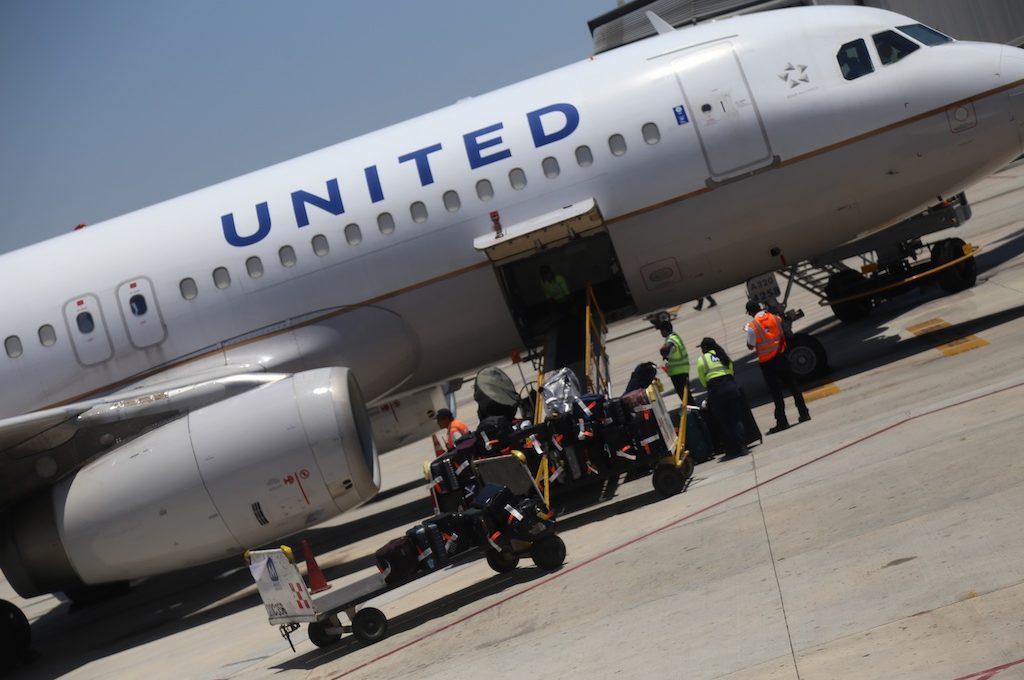
Getting mixed up at the airport
If it’s your fault that you missed the connection then things get a little bit more interesting.
For example, if your original flight landed on time and you had 90 minutes to get to your connecting flight located within the same terminal but you missed it because you fell asleep or passed out at the bar then that is on you.
You still might be able to take advantage of what is known as the “flat tire rule.”
Basically, if you missed your flight but contact the airline within two hours of the scheduled departure time they will often work with you to place you on the next available flight or to put you on standby.
Since you are a connecting passenger an airline might be more willing to work with you but it probably depends on the availability. Just be aware that you could be responsible for the fare price difference depending on the situation.
Also, if you have a return flight be sure to notify the airline so that they do not cancel your return leg.
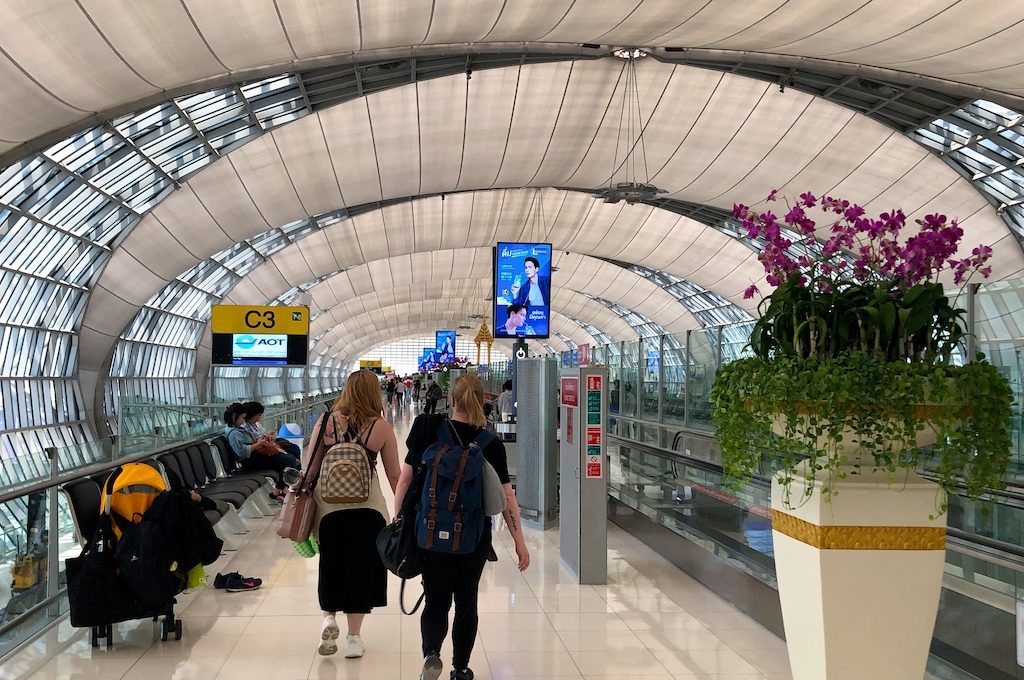
Single ticket or multiple tickets?
Probably the most important factor when figuring out who is responsible for a missed connection is looking at whether or not you booked a single ticket or multiple tickets.
If you booked multiple tickets this is known as a “broken connection” and it basically puts the responsibility on you.
This is regardless of whether or not you were flying on the same airline or partner airlines. But there may be levels to this and I’ll break them down below.
Same airline, one itinerary
The easiest and best case scenario for a missed connection is when you’re flying on the same airline for all of your connecting flights and on a single ticket.
So for example if I were flying from TUS-> SFO-> SEA on a single booking and those two flights are on United Airlines it will be extremely easy to get things fixed since there is a single airline and booking involved with all of the flights.
Partner airlines, one itinerary
The next scenario is when a partner airline is involved.
So let’s say you were flying IAH-EWR-OSL with your first leg on United Airlines and your second leg on Scandinavian Airlines (SAS). Once again, assume this is all on one booking.
If United caused the delay United will be responsible and they should be able to figure something out with their partner airline, SAS. You are once again protected on this connection.
One thing to note is that some alliances have agreements in place to facilitate connections when the connection is going to be tight.
For example, the Star Alliance has a team/service to help you make your connections at airports including:
- Frankfurt (FRA)
- Munich (MUC)
- London Heathrow (LHR)
- Chicago (ORD)
- Denver (DEN)
- Houston (IAH)
- New York- Newark (EWR)
- Los Angeles (LAX)
- San Francisco (SFO)
- Toronto (YYZ)
- Washington Dulles (IAD)
Other airlines and alliances have similar programs.
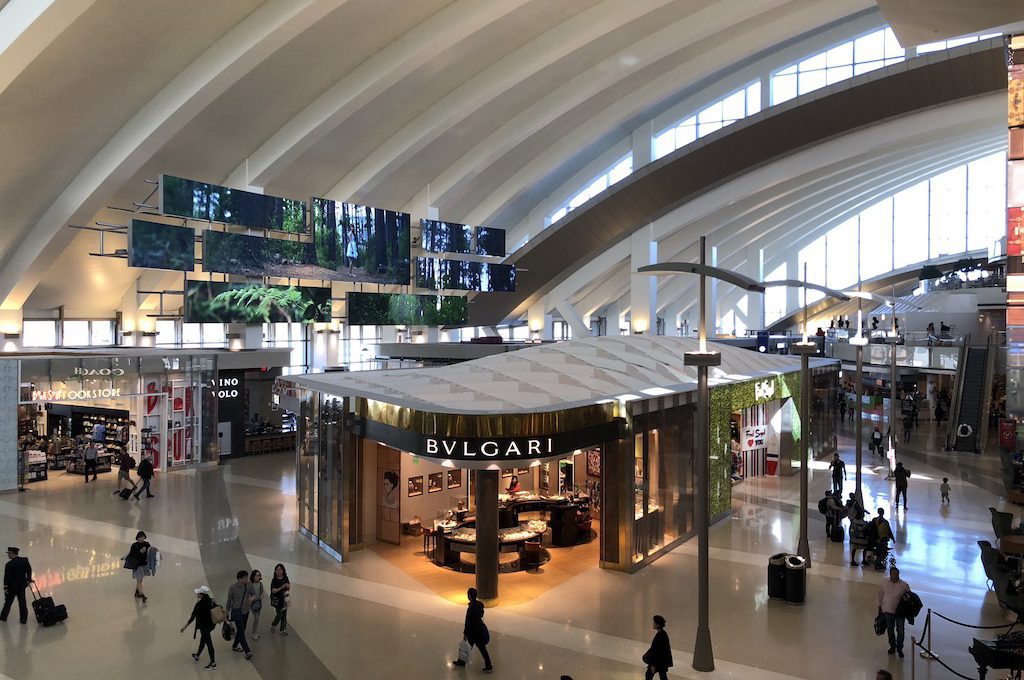
Same airline, different itinerary
Now we are switching things up and looking at what happens if you booked separate tickets aka a broken connection.
Let’s use the example above to illustrate the difference.
Assume you booked a flight on United Airlines from TUS-> SFO. And then, sometime later you booked a separate flight from SFO -> SEA.
Even though the flights are on the same airline, you are not guaranteed protection for your connection because they are separate bookings.
With that said, an airline will probably be more forgiving since you booked all of your flights with them. This is particularly true if you have elite status or a long history with the airline.
This essentially means you’ll be taking advantage of the flat-tire rule but with potentially some added preference due to being a pseudo-connecting passenger.
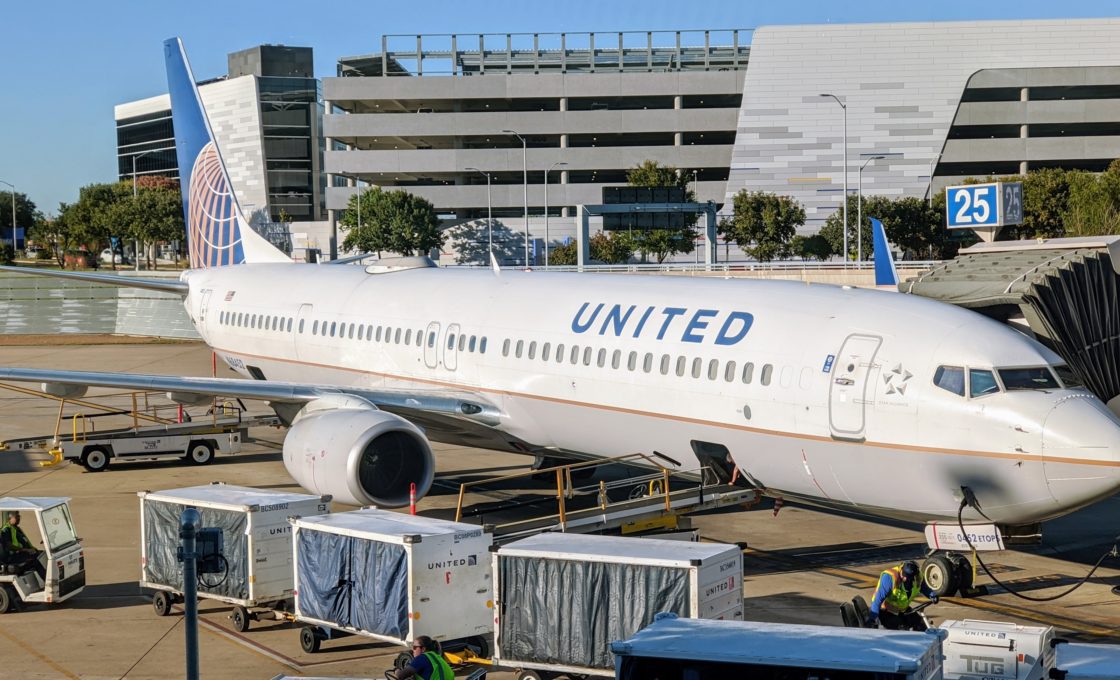
Partner airlines, different itinerary
If you booked separate itineraries but the flights are with partner airlines you are once again not protected.
Because you’re dealing with a partner airline, it might be easier to work out a solution than a non-partner but a partner airline can still treat your different bookings as separate contracts. So the missed connection will be all on you and you will be at their mercy.
Non-partner airlines, different itinerary
The worst situation to be in is whenever you have booked completely different itineraries with separate airlines that are not associated with each other.
Just like the other broken connections, you are not protected. But you have the added hurdle of trying to deal with airlines not associated with each other.
I’ve booked different connecting flights with different itineraries before and speaking from experience, it’s just not worth the stress when booking the flights back to back.
Instead, for international/long-haul flights, I usually give myself one night at the connecting destination so that I’ll be in the clear with even the worst of delays.
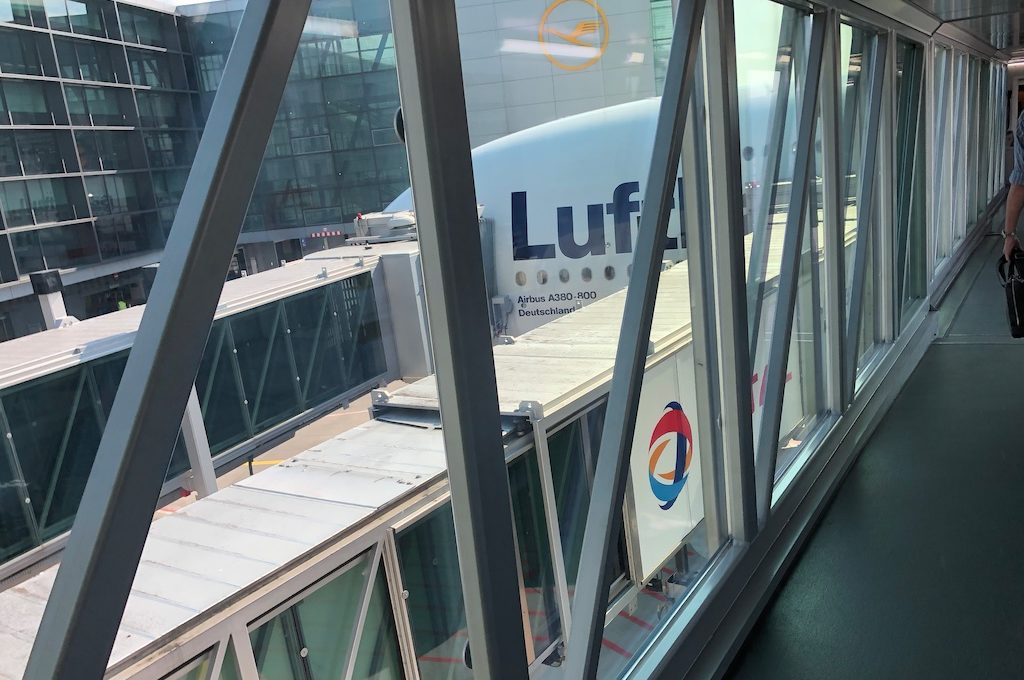
How to minimize your odds of bad outcomes
Give yourself enough time during the layover
The most obvious way to minimize your odds of missing a connection is to give yourself enough time for your layover.
Even when you are booking your connections on a single ticket, sometimes airlines sell itineraries that will require you to book it through airport terminals to catch a connection. This is especially the case if there is even a minor delay.
You can generally find how much time you need for a connection by searching for minimum connection times (MCT) for specific airports on forums like Flyertalk.
A lot of factors can determine the MCT such as the layout and specific procedures of an airport as well as the day of the week, etc.
If your connection is on a single ticket, as shown above, the airline will be responsible for you missing your connection so the minimum connection time is less relevant.
However, I still keep an eye on the connection time just to minimize the stress experienced during the layover. I rarely choose the connecting flight with the shortest layover.
If you are booking separate tickets I would recommend at least four hours between flights so that you can deal with delays of a couple of hours and baggage claim pick up (if needed).
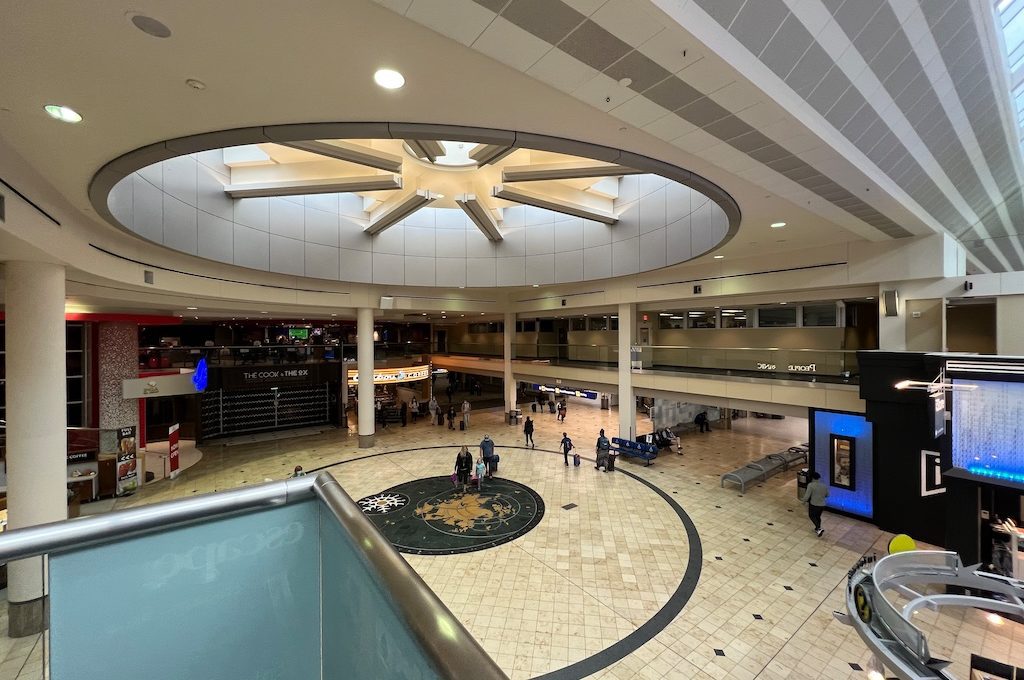
Choose connecting flights wisely
Avoid choosing flights when the connecting options are limited, such as when you are connecting from the last flight of the day.
The later your flight, typically the fewer options you’ll have when it comes to getting placed on the next available flight. In some cases, you might even have to get a hotel for the night if there is a bad delay or cancellation late at night.
The airline will likely compensate you for the hotel in a lot of cases and if you have travel insurance you can get that covered but it is still very inconvenient to deal with that situation.
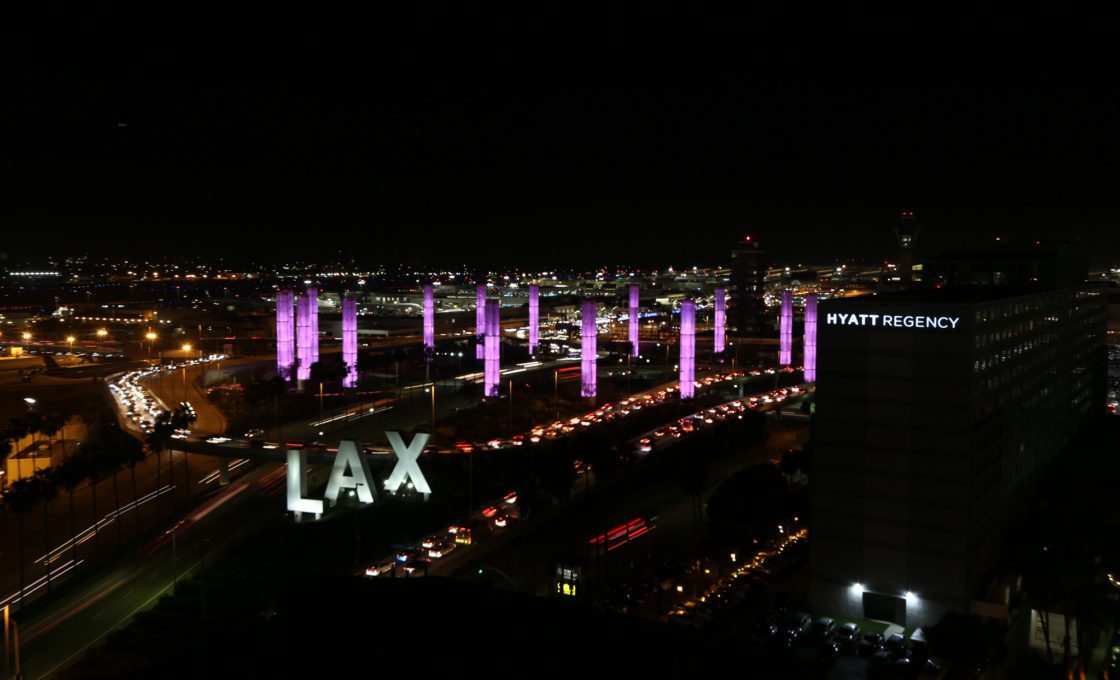
Do your research before approaching the transfer desk
Something to be aware of is that when an airline is attempting to rebook you after a botched connection they are primarily concerned with getting you to your final destination.
This means that your original routes and connections may not be the same. Indeed, an airline might even use an interline agreement to put you on a completely different airline.
You can expedite the process by doing some research before you approach the transfer desk.
Look up the other flights available from the airline, its partners, and some interline agreement airlines. Explore different routing options and don’t be shy to propose solutions that could get you to your destination.
Be willing to fly a different class
If you’re willing to fly a different class that could dramatically increase your odds of finding an open flight.
Obviously, if you were looking forward to a lie flat seat on a long-haul route getting switched to economy could be a huge downgrade.
In instances like that you will be entitled to the difference in fares and you can also consider requesting for the airline to compensate you with some goodwill miles.
Ask about revenue inventory for awards
If you originally booked an award ticket and missed a connection, initially the airline may try to locate open award inventory on various flights. But as you are probably aware, sometimes finding open award seats is very difficult or even impossible.
In the event that you book an award ticket and miss a protected connection and the airline is struggling to find something open for you, propose the idea of them placing you in a revenue seat as a way for them to make up for the major inconvenience.
This can be a pretty lengthy and complicated process with a low success rate so don’t get your expectations too high but it is a route that is possible in some cases.
Mention trip in vain (if needed)
A “trip in vain” means that you’ve essentially missed an opportunity that you can’t simply make up for by getting on a later flight.
For example, maybe you missed a puddle jumper that only flies once a week, a wedding, job interview, etc.
In this instance you could request to be sent back to your home airport after you have missed the connection.
Make sure the airline realizes that this was a trip in vain and you might be able to get it completely refunded and possibly even get credited for miles flown.
Avoid the runaround by talking to the right airline
In some situations, you might book an award flight with multiple partner airlines using a currency from a different airline.
For example, let’s say you used American Airline miles to book a flight on Alaska Airlines and Qatar. Now, let’s assume Alaska Airlines was responsible for a delay that caused you to miss a connection on Qatar due to IROPs.
In a scenario like this you might be told to contact American Airlines to figure out the logistics of your new connection.
But even in settings like this, the operating airline responsible for your delay should be the one spearheading your changes so Alaska would be the airline you should pursue initially.
Of course, you could still try to resolve things with multiple airlines and go with the airline showing the most promise.
Long lines at immigration
When you fly back into the US and have a connection from one domestic airport to another domestic airport, you’ll have to go through Immigration and Customs and TSA security.
Sometimes you can get stuck in an outrageously long and slow immigration line which could cause you to miss your flight.
This is why it’s a good idea to get approved for something like Global Entry because you can greatly reduce the waiting time at immigration.
With that said, if your itinerary is all one, the airlines should work with you to put you on the next available flight if a long immigration line causes you to miss your flight.
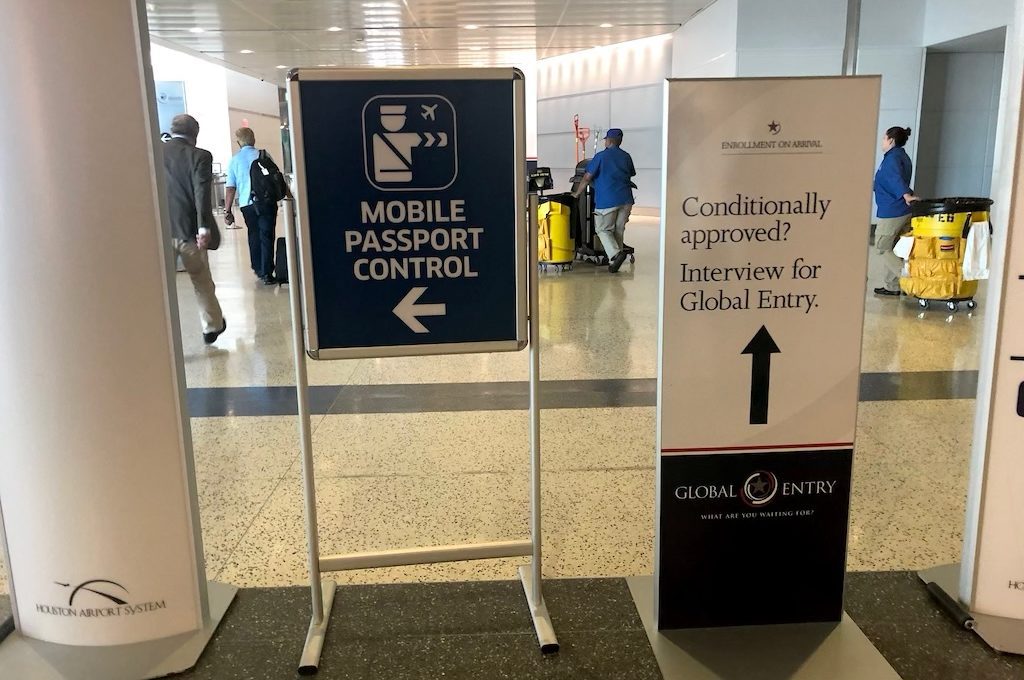
Interlining your baggage
When booking separate tickets, typically you would pick up your luggage after your first flight and then recheck your bags and go through security again when boarding the flight for your broken connection.
However, if there is an interlining baggage agreement between the airlines you might be able to avoid re-checking your bag.
Whenever you arrive at check-in you can inquire with the agent at the desk about interlining your baggage. This can sometimes be a time consuming process so my advice would be to arrive extra early to get this done.
Be careful with interlining your baggage.
First, be aware that interlining baggage policies always seem to be changing so make sure you are up on the latest rules with your airline and their partners.
Second, know that the policies can get intricate, especially when you start mixing revenue and award tickets or multiple partners. Agent discretion is often involved.
If things are not done correctly it can also get iffy when traveling internationally.
I once interlined baggage with Singapore Airlines and LATAM with separate flight bookings from Singapore-> Sydney and Sydney->Auckland.
When I arrived in Sydney there was a lot of stress-inducing confusion about if I needed a visa (ETA) to pick up my baggage in Sydney (which I didn’t have) and after that was finally sorted out my bags ended up getting lost for several days. It was just a mess and I think the interlining was the root of the problem.
Final word
As long as you miss your connection because of IROPs and your connections are all on the same ticket, the airline responsible for the missed connection will be responsible for getting you to your final destination.
Things start to break down whenever you are dealing with broken connections so my advice would be to avoid them as much as you can and if you do decide to utilize them, give yourself several hours for your layover or even spend the night at your layover location.
Daniel Gillaspia is the Founder of UponArriving.com and the credit card app, WalletFlo. He is a former attorney turned travel expert covering destinations along with TSA, airline, and hotel policies. Since 2014, his content has been featured in publications such as National Geographic, Smithsonian Magazine, and CNBC. Read my bio.

